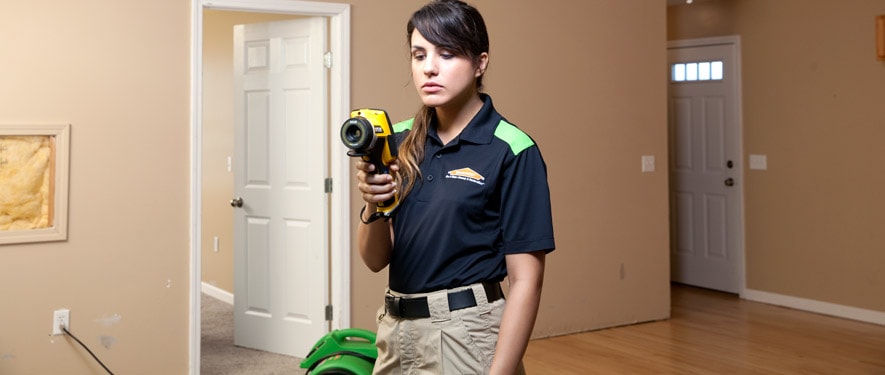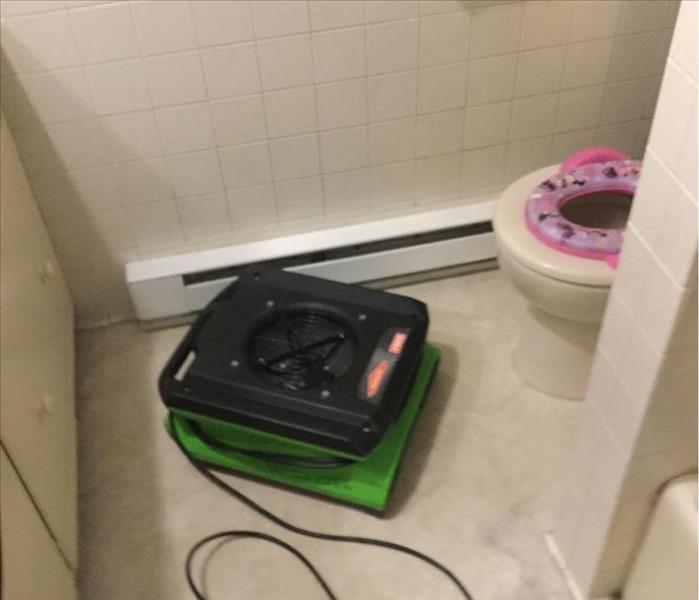
Step 2: Inspection and Water Damage Assessment
Our Water Damage Restoration Process
Every SERVPRO of Manchester/Mansfield response to a water damage emergency begins with listening to you. We want to know exactly what happened and what your concerns are. Whether if it's a simple toilet leak or sink leak or something as large as a water heater flood or washing machine flood. Our water damage specialists then conduct a thorough inspection. A big part of our inspection is a damage assessment. At this stage, our professionals use their training and expertise to determine how extensive the damage is. We’ll report to you our findings and recommendations. Our training, modern equipment, and specific measurements enable us to develop a plan of action that will meet your needs, keep costs reasonable, and restore your property—"Like it never even happened."
Identify and Stop the Water Source
We will check for the source of moisture in your home or business. The source must be stopped before any restoration or drying of the building can be successful.
- Stop the Source
- Check for Contaminated Water
Identify the Type of Water
We will identify the category and classification of water damage to ensure our professionals restore your property based on industry guidelines. The level of contamination of the water will affect the specific restoration processes we use.
- Category 1: "Clean Water"
- Category 2: "Gray Water"
- Category 3: "Black Water"
Survey the Extent of the Water Damage and Inspect the Premises
We inspect and test to determine the extent of damage and how far the moisture has traveled to ensure proper and complete restoration. In addition, we will inspect for safety concerns that may be evident. If there are any safety issues like lead or asbestos, please bring them to our attention.
- Survey Damage
- Complete Safety Inspection
Move or Block Furniture
We move furniture and property contents and block items to help prevent rust or furniture stains on wet carpet.
- Block Furniture






 24/7 Emergency Service
24/7 Emergency Service


